Description
-

Jordan Keys – Can Bad Posture Change Your DNA?
- State Associations:
- OPSC – California
- Faculty:
- Jordan Keys
- Duration:
- 1 Hour 05 Minutes
- Expiration:
- Never expires.
Description
Dr. Andrew Taylor still identified more than a hundred years ago that the structure of the human body is interrelated to the function. With modern research, we are now starting to understand how influential structure may be on function, even down to the molecular level. As artists, architects, physicians and scientists have pioneered the mechanics of tensegrity, biotensegrity and mechanotransduction, our view of biomechanics of the human body has also progressed. This has given us another lens to view the relationship between structure and function.
Osteopathic Treatment has focused on treating patient’s somatic dysfunctions with this relationship of structure and function at the foundation. With the increased knowledge of biotensegrity and mechanotransduction, the influence that this treatment has on the function of the body maybe much more profound. This impact may be much more than simple musculoskeletal biomechanics, it may impact disease processes such as cardiomyopathy, osteoporosis, asthma, atherosclerosis and even cancer.
Learning Objectives:
1. Define biotensegrity, tensegrity and mechanotransduction; correlating the osteopathic tenet of structure and function interrelationship to these principles.
2. Describe the historical context of tensegrity, biotensegrity and mechanotransduction including important people who have developed these principles and their applications.
3. Describe how biotensegrity relates to the human body and how mechanical forces can be translated into chemical reactions through mechanotransduction.
4. Highlight how the concepts of tensegrity, biotensegrity and mechanotranductions are being used in research and development of new technologies.
5. Relate how through biotensegrity and mechanotransduction, postural changes and muscle imbalance can influence the function of the body on a molecular level.
6. Relate how the concepts of biotensegrity and mechanotransduction are relevant when using osteopathic treatment to diagnose and treat patients.
Accreditation:
OPSC is accredited by the American Osteopathic Association to provide osteopathic continuing medical education for physicians. OPSC designates this program for the a maximum of one (1) hour of AOA Category 1-A credits and will report CME and speciality credits commensurate with the extent of the physician’s participation in this activity.
Handouts
| PowerPoint Slides (3.00 MB) | Available after Purchase |
Faculty
Jordan has a passion for osteopathic medicine and teaching future physicians and leaders. Born and raised in South Lake Tahoe, CA, she completed her undergraduate training in Santa Barbara, CA. She then found her way to New York for medical school where she completed her D.O. at NYIT College of Osteopathic Medicine. During her training she completed an additional year as a pre-doctoral fellow in osteopathic manipulative medicine and completed a master’s of science degree in Neuromusculoskeletal Medicine. She then went on to complete a family medicine residency as well as an additional year of training in Neuromusculoskeletal medicine in Southampton, NY. She has had the opportunity to do extensive training in nutritional and functional-medicine with some of the most influential physicians in the field. She is board certified in both family medicine and neuromusculoskeletal medicine/osteopathic manipulative medicine. After completing her training, Jordan has had the opportunity to practice medicine in New York City, teach OMM at Touro University in Harlem, NY, and direct the OPP courses at LECOM in Bradenton, Fl. She most recently relocated to Touro University California to be closer to her family where she is faculty in the OMM department.
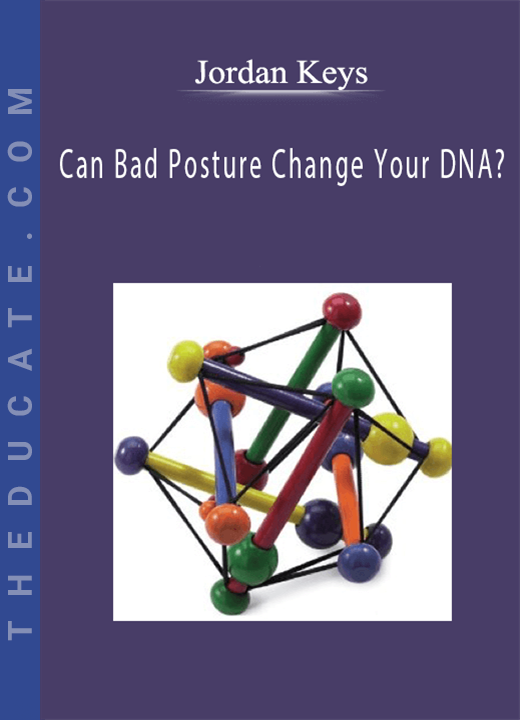

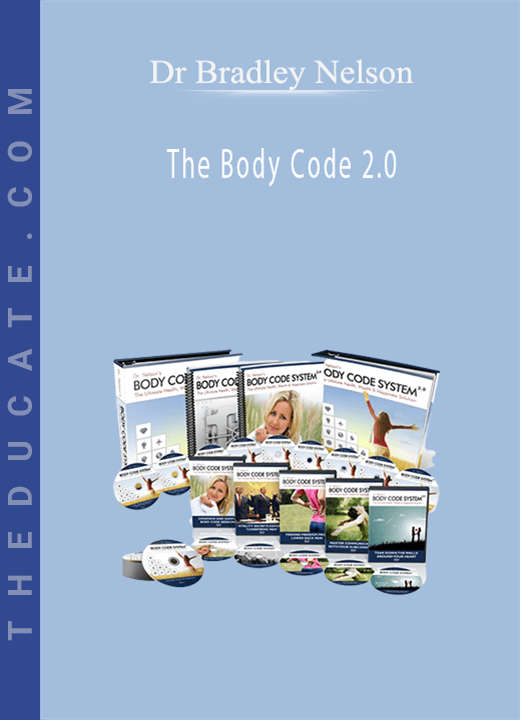
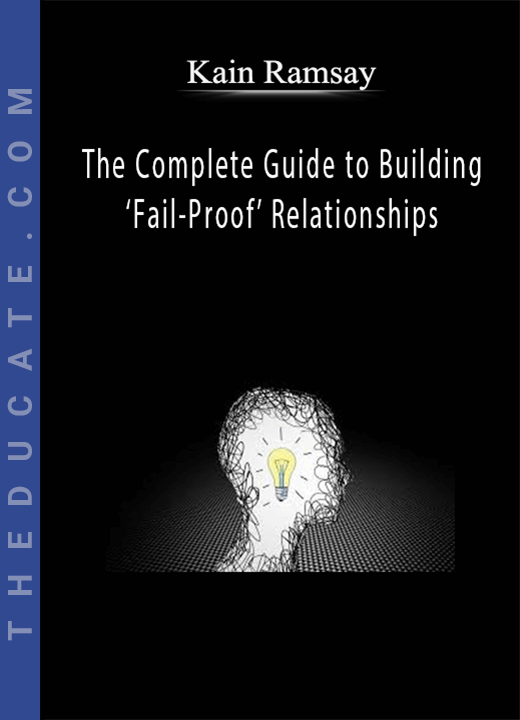
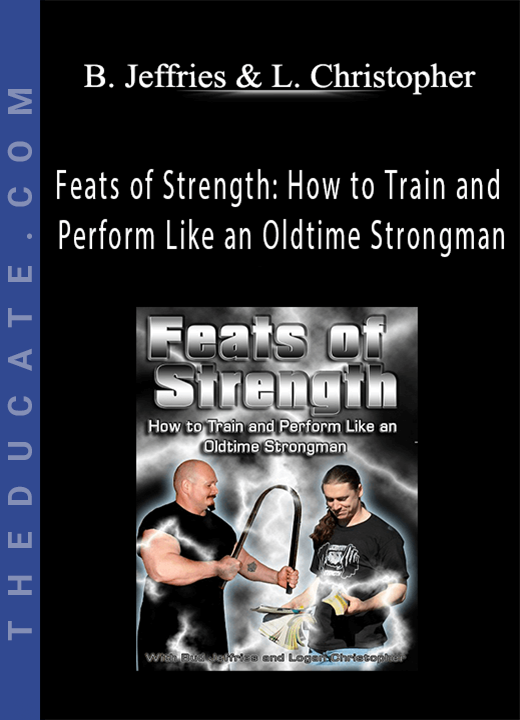
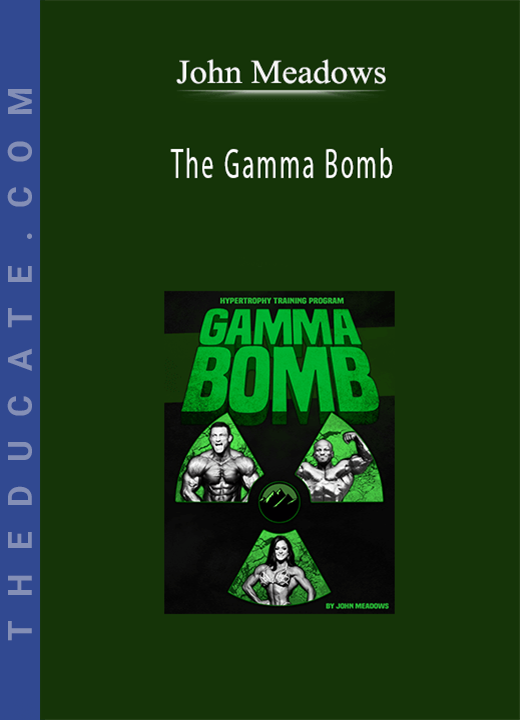
7 reviews for Jordan Keys – Can Bad Posture Change Your DNA?
There are no reviews yet.